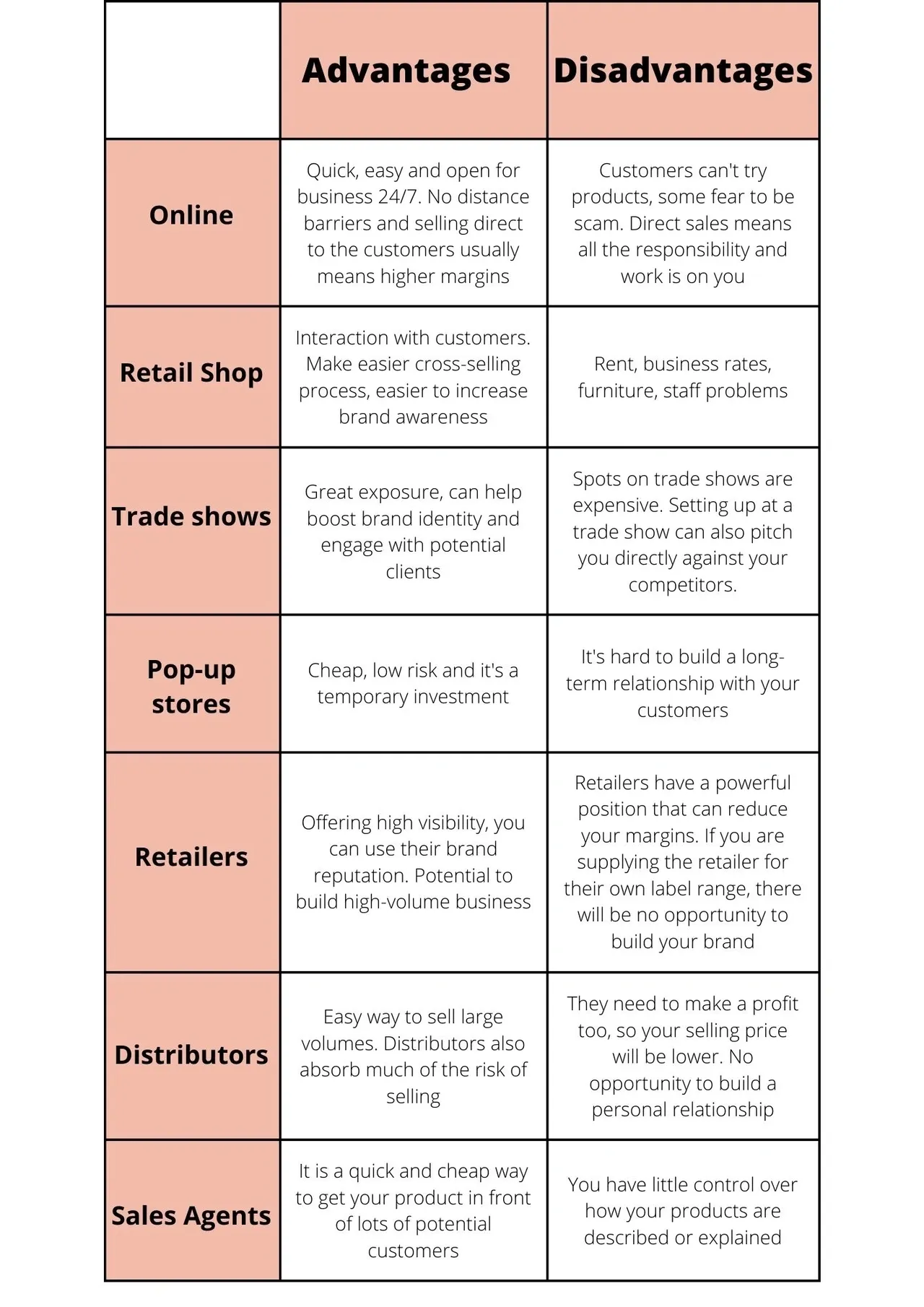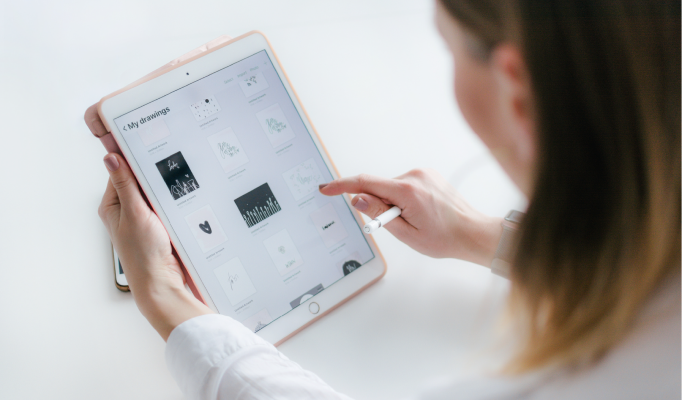
Historically, the Rout To Market’s (RTM) core responsibility was to distribute a product from a depot to as many points of sale with a regional or national focus. However, the scope of RTM has expanded to a globalized market with several distribution channels where the market strategy is aligned with the distribution strategy in order to meet the desired product penetration quota and service the defined market niche. So how to choose the proper sales channel for your business? These are the steps you need to follow:
Get to know your customers and their buying habits
One of the very first questions you need to ask yourself is who are your customers, what they buy, when, where and how they prefer to buy.
Your channels won’t be the same if your business is B2B or B2C, or if you are providing a service or selling a product. If your products/services require a big investment your clients’ journey will be longer than if it’s a low investment and they will probably want to check and analyze the product/services carefully.
Also, something important to keep in mind is where are your customers. Are you selling local, regional, national or international?
Whether you are selling to a consumer or a business, you will need to appreciate the needs of the individual buyer. For example, a consumer will expect an online sales channel for books; but an engineering buyer considering a complex product will probably need direct contact with a sales representative to discuss technical details and build a long-term relationship with the seller.
Common routes
We can classify selling channels under two big categories:
- Direct channels: those that allow customers to receive goods directly from the manufacturer or provider, for example, a website or shops.
- Indirect channels: those you need to move products from the manufacturer through various intermediaries for delivery to the consumer, like franchisees or distributors.
Once you know who are your customers, where they buy, and which your channel options are you need to evaluate the pros and cons of every channel.

Businesses must ensure that the products that they sell and the channels that they choose are suited to each other. They must try to sell products through the channels that customers use to buy the product that is being sold. This is a tough task and it is essential to the success of any product or service. Contact us! We exist to offer accessible expert advice to businesses who need it the most.




